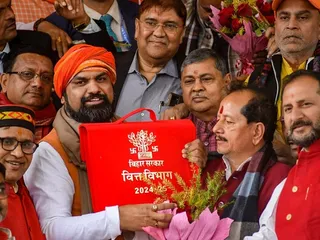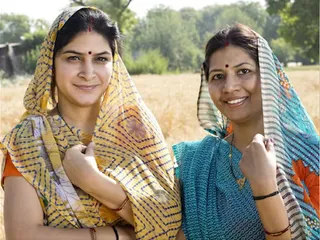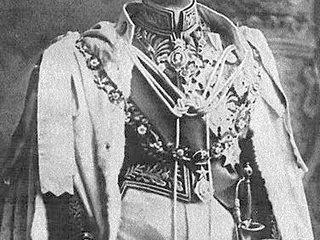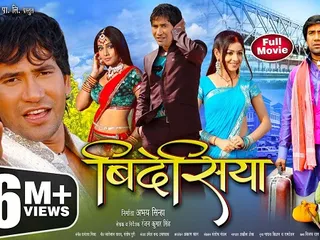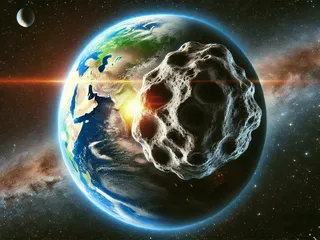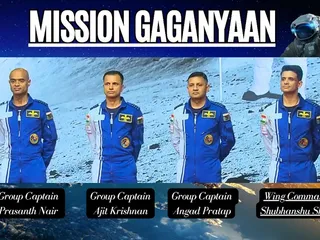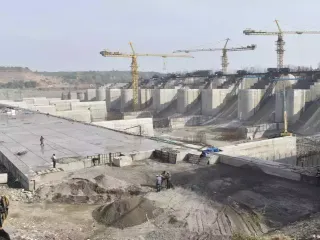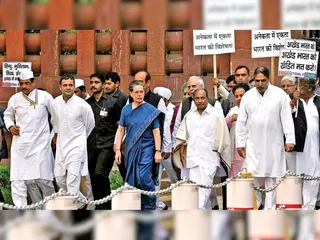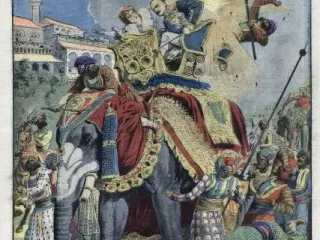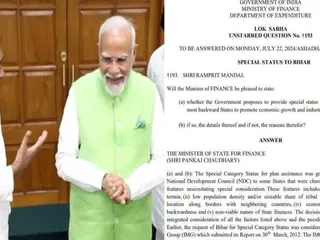India, officially the Republic of India, is a country in South Asia. It's the seventh-largest country by area, the second-most populous country, and the most populous democracy in the world. Its vast and diverse geography encompasses the Himalayas in the north, the Thar Desert in the west, and the fertile plains of the Ganges-Brahmaputra river system. This geographical diversity is mirrored in its equally rich and varied culture.
India's history stretches back millennia, with evidence of human habitation dating back to the Stone Age. The Indus Valley Civilization, one of the world's oldest urban civilizations, flourished in the northwestern region around 3300-1300 BCE. Following this, a succession of empires and kingdoms rose and fell, shaping the country's political and cultural landscape. The Mauryan Empire under Ashoka the Great (304-232 BCE) is notable for its vast extent and the Emperor's embrace of Buddhism, which spread significantly across Asia.
The arrival of Islam in the 11th century CE brought further cultural exchange and change, leading to the emergence of powerful Muslim sultanates and empires. The Mughal Empire (1526-1857 CE), with its magnificent architecture and patronage of the arts, left a lasting legacy. The British Raj, lasting from the mid-18th century to 1947, brought about significant changes, impacting India's political, economic, and social structures. The struggle for independence, led by iconic figures like Mahatma Gandhi, ultimately culminated in India's freedom and partition in 1947.
Modern India is a vibrant democracy with a rapidly developing economy. Its cultural diversity is astonishing, with thousands of languages spoken and a wide range of religions practiced, including Hinduism, Islam, Sikhism, Christianity, Buddhism, and Jainism. This diversity is reflected in the country's myriad festivals, traditions, music, dance, literature, and art forms.
India is a land of stunning natural beauty. From the snow-capped peaks of the Himalayas to the beaches of Goa, from the lush backwaters of Kerala to the deserts of Rajasthan, the country offers a breathtaking variety of landscapes. Famous landmarks include the Taj Mahal, a symbol of Mughal architecture; the Red Fort in Delhi; and the ancient city of Varanasi on the Ganges River. India’s natural beauty and historical sites draw millions of tourists each year.
The country’s economic growth has been remarkable in recent decades, though significant challenges remain, including poverty, inequality, and environmental concerns. India’s contributions to science, technology, and the arts continue to grow, solidifying its position on the global stage. Its influence on the world is felt through its diverse culture, its burgeoning economy, and its significant role in international affairs.


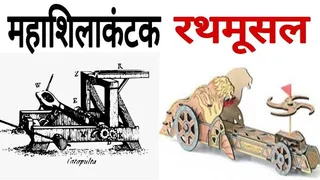




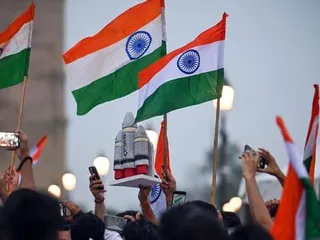




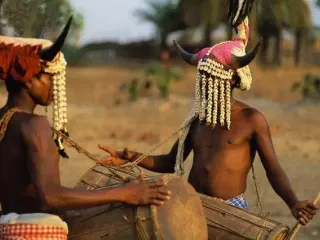
 (24)jpeg-1722421859875.jpeg.webp)





